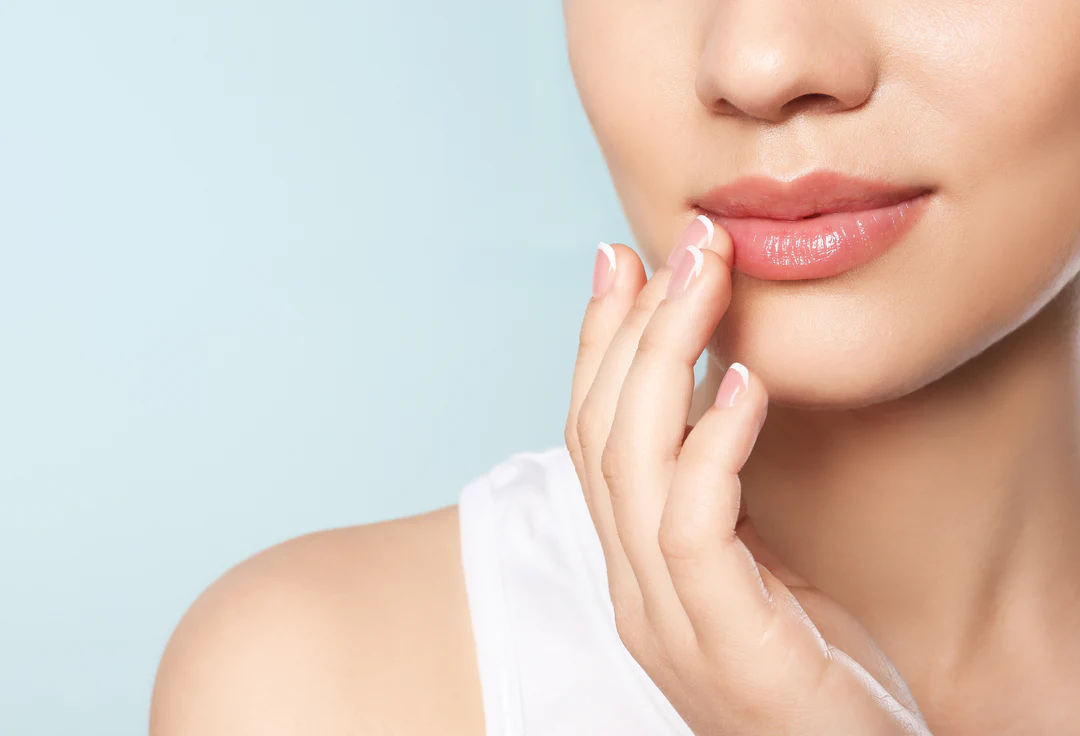
What is my skin type? A Guide to 4 Common Skin Types
Finding out your skin type isn’t as easy as you might think. Just like ordering a cup of coffee, there are a lot of different things to consider: Do you need an extra cup? How much coffee do you need to start your day? Finding out your skin type requires similar steps: Do you lack hydration? Do you need to cleanse once or twice a day? Confused? I don’t blame you, but I’m here to get to the bottom of it, and together we’ll figure out your skin type.
Oily Skin Type
There’s no denying that having an oily skin type is quite a challenge. You see, having an oily skin type can lead to a lot of breakouts and blemishes during your teenage years, but it’s not all doom and gloom. If you have oily skin later in life, it will take longer for your skin to show signs of aging like fine lines and wrinkles. Yes, you do age slower because the oils in your skin can help it look plumper, younger, and longer, which we think can offset teenage skin issues.
Here are some characteristics of oily skin:
Glowy complexion, especially in the T-zone
Skin feels comfortable after cleansing or bathing, even without moisturizer
Prone to skin blemishes like pimples, blackheads, acne
Large and noticeable pores
Ages slower than other skin types
If you are still unsure if this is your skin type, there is a simple test you can do. Here is how:
Make sure you have just washed your hands with antibacterial soap
Press your forehead gently with your index finger
Rub your thumb with your finger to see how much excess oil is on your forehead
Repeat step 2 with your middle finger, along your cheeks, starting from the bridge of your nose and going all the way to your ears
Repeat step 3
Next, repeat step 2 with your ring finger, gliding it over your chin and jawline.
Repeat step 3
Finally, glide your pinky finger along the bridge of your nose
Repeat step 3
If you notice excess oil on all your fingers, it is a clear sign that your skin type is oily. Anyone can use this and it is an easy way to know which type you belong to. If you notice little or no excess oil, it indicates dry skin, while more oil on the forehead and chin (T-zone) and dry cheeks indicates a combination skin type.
You will find that there are some misconceptions about oily skin. I am not sure where they originated, but I hope to reveal the truth to you. Just because your skin is oily, it does not mean that you have to skip moisturizers and facial oils. While using essential oils on oily skin may sound counterproductive, by using a formula that is suitable for your skin, you will keep your skin barrier balanced, protected, and not damaged. It is best to avoid certain ingredients such as: B. rich plasticizers, cocoa and shea butters, and mineral oil. These are not suitable for oily skin, but they are found in many products. So, always take a quick look at the ingredient list before purchasing or using.
Another misconception of oily skin is using foaming face washes or cleansers. These may make you feel very clean, but the harsh chemicals strip the skin of all the oils, causing it to over-produce oil and cause serious problems. Opting for skin ingredients like BHA and salicylic acid keeps pores unclogged, while AHA, glycolic acid and lactic acid keep skin free of dead skin cells and lock in moisture, keeping skin happy and healthy.
Dry Skin Types
If you have dry skin, you know this without me telling you. Unlike oily skin, you can’t go anywhere without a rich moisturizer after cleansing. Here are some key characteristics of dry skin:
Feels dry in the morning if you haven’t used moisturizer the night before
Becomes very tight and uncomfortable after cleansing
Tends to be dull and have scaly patches
Can be very uncomfortable in the winter
Becomes dry by the end of the day
Signs of ageing like fine lines and wrinkles appear earlier than other skin types
Dry skin needs some TLC, but using ingredients like hyaluronic acid is extremely hydrating, helping to smooth visible fine lines and build up the skin’s moisture barrier. This goes a long way to relieving the tight feeling many dry skin types have to endure, especially during the cold winter months and when battling central heating.
While clear skin is a benefit of having dry skin, it doesn’t mean you won’t be affected by the occasional blemish. Maintaining a good skin care routine that includes cleanser, acid toner, serum, and moisturizer as a basic start will keep your skin in its healthiest condition, removing flaky patches and dirt from your face.
Here are some ingredients to look out for that are beneficial for dry skin types:
Lactic Acid
Hyaluronic Acid
Glycolic Acid
Malic Acid
All of the above AHAs are known for their exfoliating and moisturizing properties, and they are gentle enough for dry skin types, so you can use them with confidence that your skin won’t become dry and uncomfortable. If you choose good quality plant oils and rich creams, coupled with gentle exfoliation, your skin will stay in its best condition.
Combination Skin Type
Combination skin is an interesting type of skin, you’ll find it’s oily mainly in the T-zone, from forehead to chin, and dry along the cheeks. This often means that it can be quite difficult to care for, as you may find that she reacts easily to breakouts and other hormone-related issues, but is very clear the rest of the time. Many people find that using the wrong type of products that are too harsh and dry out the skin overall can be a big problem.
Combination skin can be identified by:
Oily T-zone areas such as the forehead, nose, and chin, which are prone to breakouts
Pores are more noticeable around the forehead, chin, and nose
Cheeks are generally more prone to dryness
Makeup gets smudged by the end of the day
Finding and maintaining a good skin care routine to keep your skin balanced and manageable can be difficult, but it’s important to always remember that the moisturizing effects of hyaluronic acid have a significant impact on the skin. Stick to gel formulas that are rich in hyaluronic acid, as they can moisturize dry cheeks but won’t unbalance oily areas of the skin. Switch your formula to an oil-free one, but nourish your skin with plant oils and liquid exfoliants in your nighttime routine to prevent the accumulation of dead skin cells that can lead to breakouts.
Sensitive Skin Types
It’s not easy to have sensitive skin, especially when using skin care products. Most of the time, sensitivities react most strongly to ingredients that are almost common in all skin care products. If you want, you can take the time to observe and find out which ingredient you are most sensitive to, thereby finding the root of the problem so that you can use products that don’t contain it.
Sensitive skin types have the following characteristics:
Easily flare up after trying new skincare products
Reactions may come and go
Sometimes look angry after a shower
Can get in the sun and burn easily
Sometimes feel hot and itchy after cleansing
Sensitive skin can affect a number of different skin types, such as oily, dry, and combination skin, for example, so it can be difficult to find the best routine. Always patch test any new product you buy, and if a mild reaction occurs, don’t use it or stop using it immediately. Consulting with a dermatologist and doctor to find the best products for your skin will help keep your skin happy and healthy, without any signs of sensitivity.
Another skin problem that can occur with any skin type: dehydration. Although many people confuse dehydration with dryness or aging, it’s really neither, and it all comes down to a lack of moisture in the skin and an imbalanced skin barrier. If you notice that your skin looks dull and a little flaky, and that you’ve developed some new fine lines, you can use products with high concentrations of hyaluronic acid or glycerin to lock in moisture and replenish the skin. Drinking plenty of water throughout the day is also a good idea to keep your vital organs healthy and your skin maintained so you absorb every ounce of hyaluronic acid moisturizer you put on your skin.
We hope this helps you understand the different skin types and ultimately find out which one you fall into. You’ll be amazed at how different your skin becomes when you better understand how to treat your skin and which products to use in your daily routine.


